[By Jean Bourdache]
The rapid diffusion of motorcycle transport has positive effects on the lives of Africans, both in urban centers and in the countryside, as noted in our previous article. But the ubiquitous Chinese motorcycle has also increased jihadist’s nuisance capabilities, especially the infamous Boko Haram sect. Very active in Nigeria (where it was founded in 2002), Boko’s abuses have spilled over to neighboring states of northern Cameroon and Chad. The Mandara Mountains have long been a haven for the Boko Haram bases, from which flash attacks into Cameroon began. The Cameroonian army, backed by Chad, forced direct clashes with the jihadists, who then moved further north to Lake Chad itself.
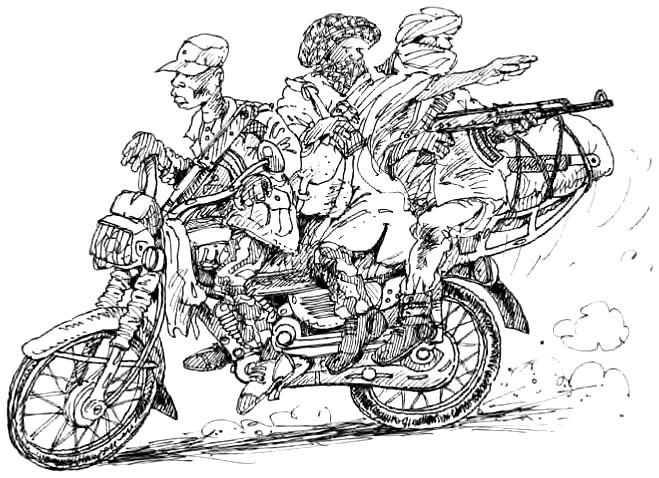
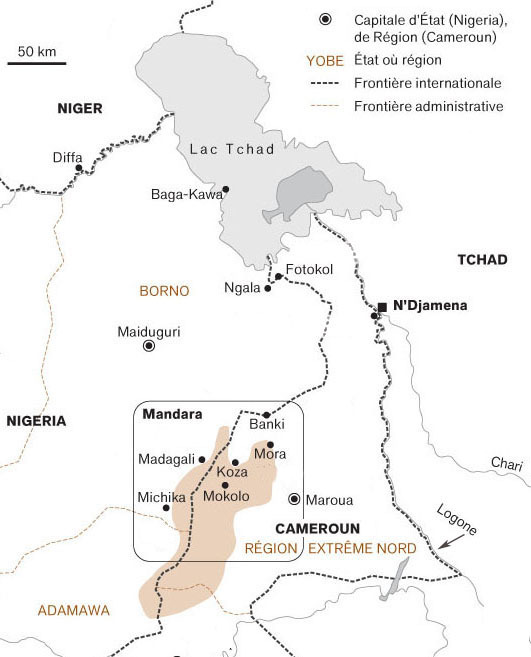
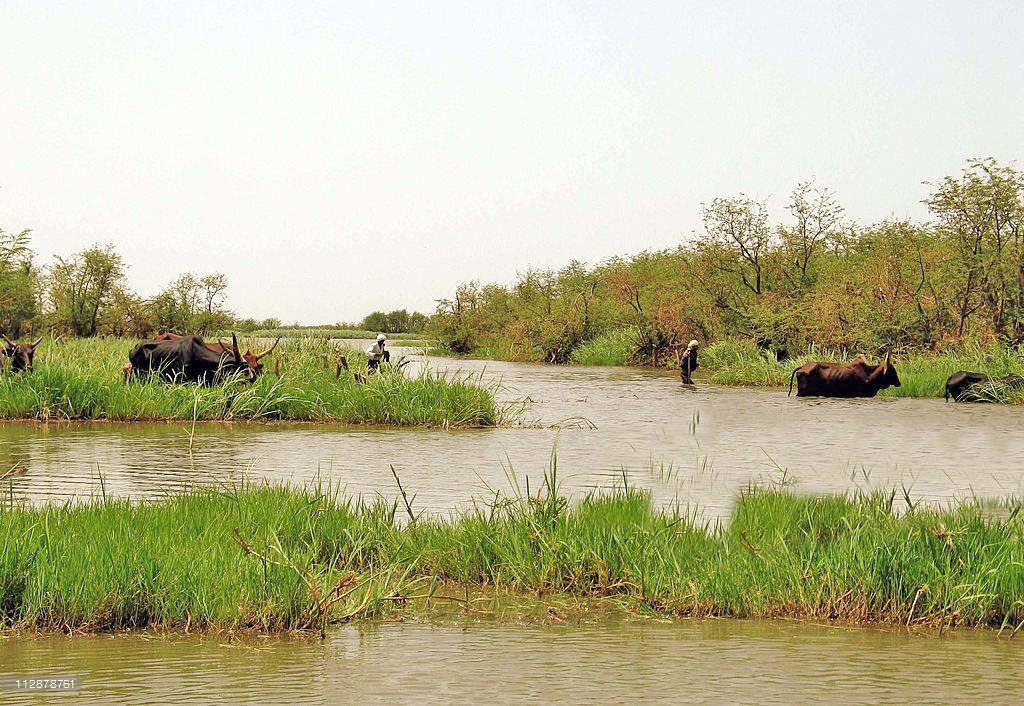
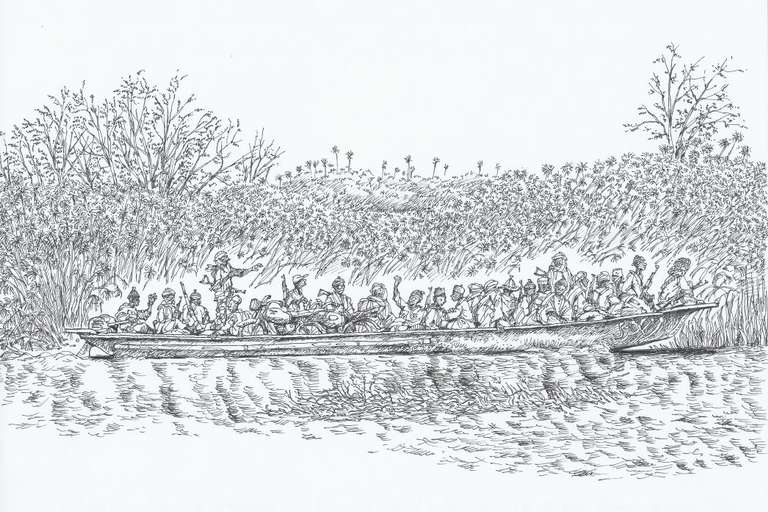
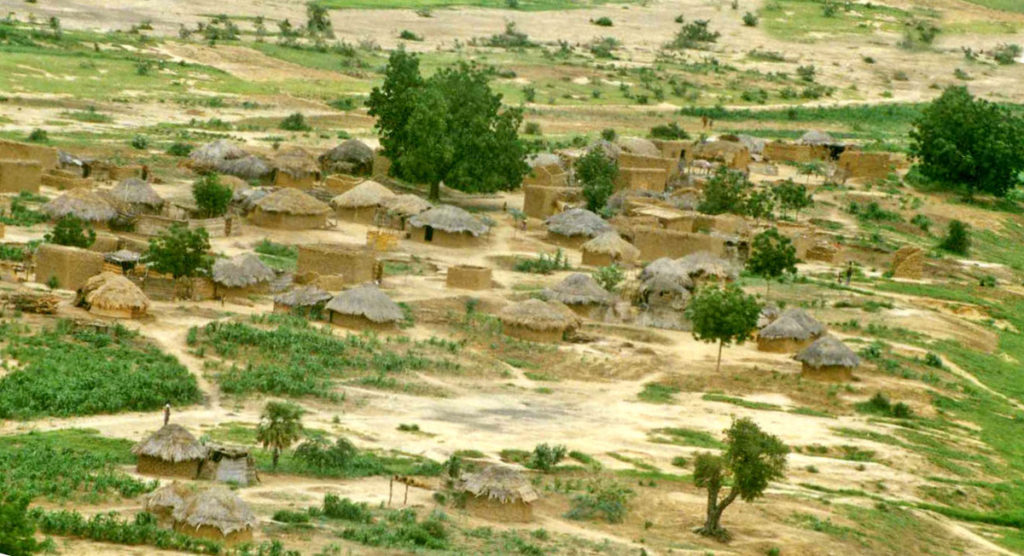
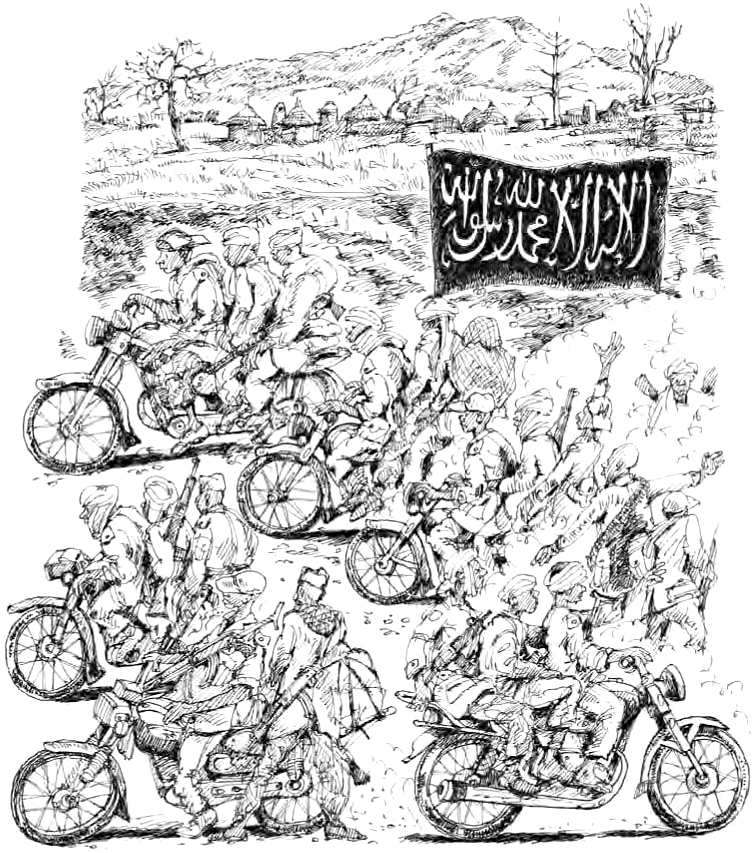
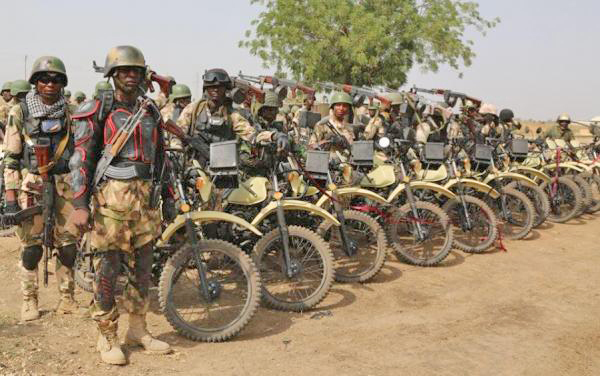
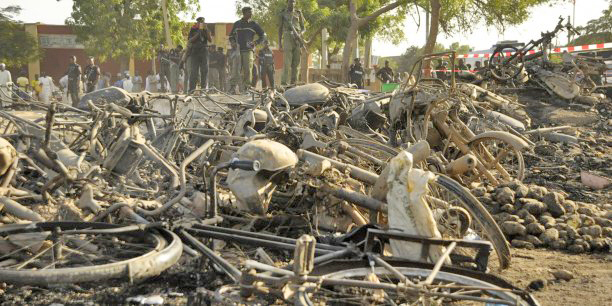
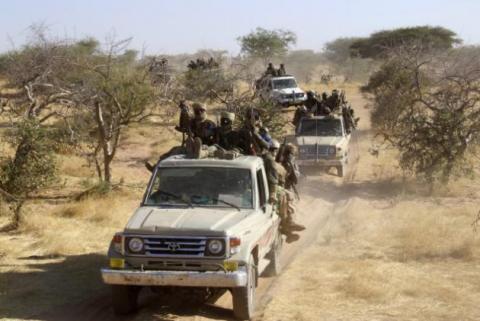
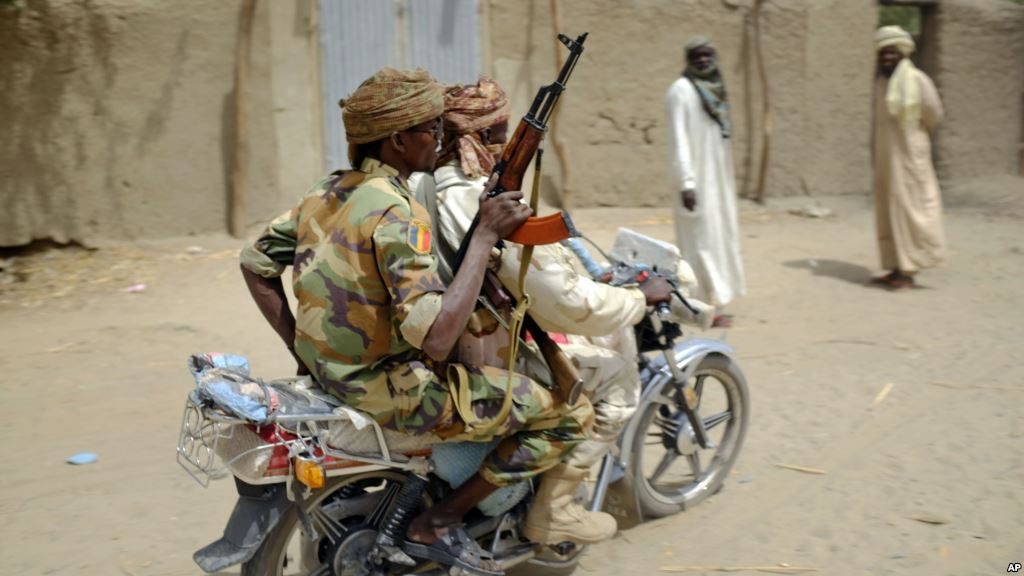
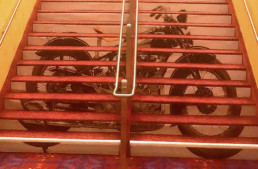
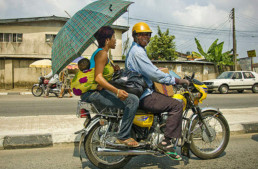

These are the criminals that have kidnapped large groups of NIgerian school girls. Calling them ‘insurgents’ is far too positive a moniker. Shame they’re associated with motorcycles….
Remember that Bin Laden escaped to the warplanes, tanks, Hummers, aircraft carriers …with a moped no so easy to localize with a radar ( it’s my black humor..).
A group of illiterate thugs and rapists, the lowest of the low. Unfortunately this is what you get in failed states like Nigeria where there is no law and order, just criminals competing for whatever is available to take.